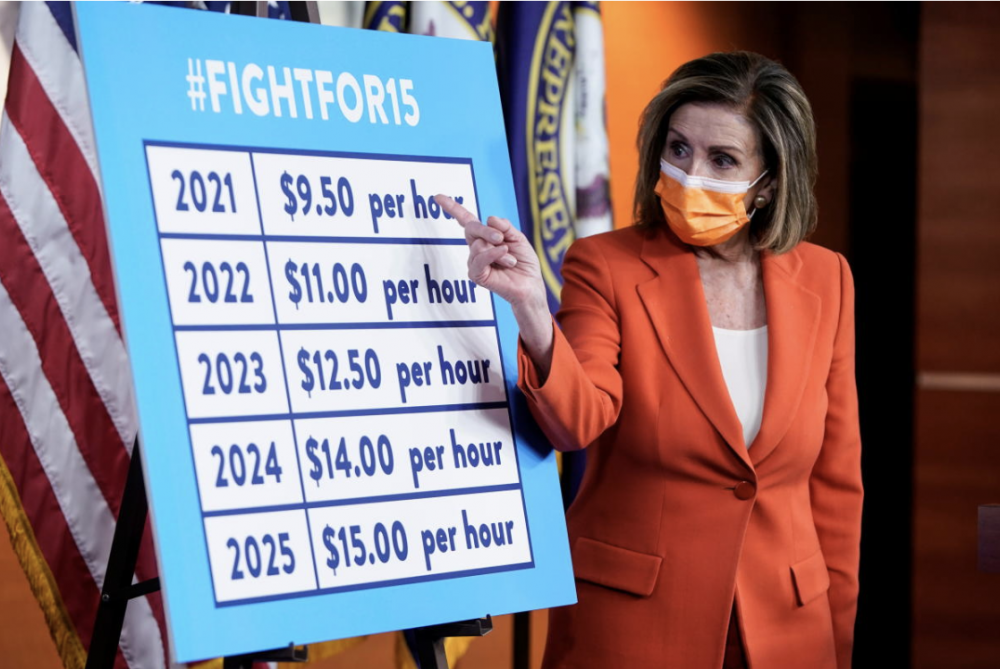
ALLY MINTZER – NOVEMBER 2ND, 2020
EDITOR: RAINA ZHAO
The most famous microloan innovator and founder of the Bangladesh Grameen Bank, Muhammad Yunus, received the Nobel Peace Prize in 2006 for his work. Microfinance has been incredibly popular; in 2015, it was estimated that over 125 million people, 80% women, had received $100 billion worth of microloans.
The rationale behind why microfinance should work is fairly simple. 1.9 billion people throughout the world live in extreme poverty, making under $3.20 a day. Either because of a lack of property, formal credit history, collateral, or consistent income, it is often incredibly difficult for those in poverty to obtain loans, particularly if they live in communities with little access to formal financial institutions. This is where for-profit and non-profit microfinance institutions step in, eliminating barriers like the requirement of a formal credit history and providing small loans at theoretically much lower interest rates. Lenders often attempt to avoid default by implementing repayment schemes with high frequency or spreading risk over a larger number of borrowers with group lending. For borrowers, the newfound capital provided by a microloan can be used to launch their own business and lift themselves and their families out of poverty.
Eliminating poverty is incredibly complex. Although microcredit has surely helped many people, it has proven to be far from the silver bullet to end poverty. 2019 Nobel Prize Winners Esther Duflo and Abhijit Banerjee found that for those who started their own businesses upon receiving a microloan, profit increases were insignificant, and there were no significant changes in women’s empowerment, health, or education. The economists point to monthly consumption, a good indicator for overall welfare, which did not increase for most microloan recipients in the short and long run. However, it is important to note that the few entrepreneurs who already ran businesses and had access to capital with high fixed costs realized profit gains.
One reason why microloans have not proven to be as universally effective at spurring entrepreneurship as imagined is because they rest on a flawed assumption: individuals will use the money from loans to become entrepreneurs. Some may indeed found their own business, but as World Bank economics Robert Cull and NYU economist Jonathan Morduch point out, many will not, preferring to spend the money on day-to-day expenses like food or to finance more expensive household durables like refrigerators, computers, and silver and gold. As the economists assert, microfinance institutions that solely target those interested in creating new business exclude billions of people who are not interested in nor have the time to do so.
Information asymmetries between lenders and borrowers also limits microcredit’s effectiveness. For borrowers, information asymmetry arises when predatory microfinance institutions do not adequately inform clients about the scope of loans. For lenders, lack of information like a formal credit history leads to issues of adverse selection, making it difficult to distinguish those more or less likely to default. Many microfinance institutions created restructured payment plans to increase interaction between the loan officer and the payee and reduce the likelihood of default. Yet, these increased interactions increase transaction costs, ultimately creating market distortions and decreasing both lenders’ and borrowers’ willingness to participate. Banks are scarcer in developing countries, and most impoverished people in the Global South rely on a cash economy rather than a digital one, making repayment more difficult.
Those to the right often advocate for an approach that includes market liberalization, while those on the left highlight the importance of strengthening a welfare state. As Cull and Morduch explain, “microfinance demonstrates a new mode of development intervention, one that displaces governments as central actors and turns to market-mechanisms to deliver services through a range of institutions that integrate social and financial goals.” When analyzing tools for development, it is necessary to question whether it is the role of for-profit microfinance institutions, who also have their own profit-maximizing interests, to be responsible for such a construction. With the rise of neoliberalism since the 1980’s, placing supreme emphasis on “free markets” and privatization, are these institutions, some of which are responsible to shareholders, best-equipped to solve systemic problems?
Expectations for microfinance were undoubtedly high. Some people have surely benefitted from greater access to financial liquidity, especially those who already had businesses. However, for most people, microfinance has led to no significant improvements in women’s health, education, economic empowerment, and social outcomes. Microfinance has proven not to be the miracle many lauded it to be, and alternative approaches to poverty alleviation should be considered.
Featured Image Source: AKDN
Disclaimer: The views published in this journal are those of the individual authors or speakers and do not necessarily reflect the position or policy of Berkeley Economic Review staff, the Undergraduate Economics Association, the UC Berkeley Economics Department and faculty, or the University of California, Berkeley in general.



